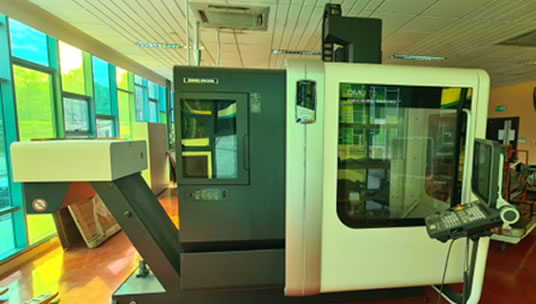Loading...


Manufacturing Systems Engineering is a field that combines principles from engineering, management, and computer science to design, analyze, and optimize manufacturing systems. It involves the application of engineering principles and techniques to enhance the efficiency, productivity, and quality of manufacturing processes. The students of the Manufacturing Systems concentration of the General Engineering program study various aspects of product development and manufacturing processes, including the design of production systems, the selection and optimization of equipment and machinery, the development of quality control methods, and the improvement of overall system performance. They learn to integrate different components of the manufacturing system, such as people, machines, materials, and information, to create a seamless and efficient production environment.
Key areas of focus in the manufacturing systems concentration include:
Manufacturing systems engineers often utilize computer-aided design (CAD), computer-aided manufacturing (CAM), and simulation tools to model and optimize manufacturing processes. They can find job opportunities in various industries and sectors that involve manufacturing processes, such as automotive, aerospace, electronics, consumer goods, robotics, pharmaceuticals, food production, and supply chain and logistics companies.